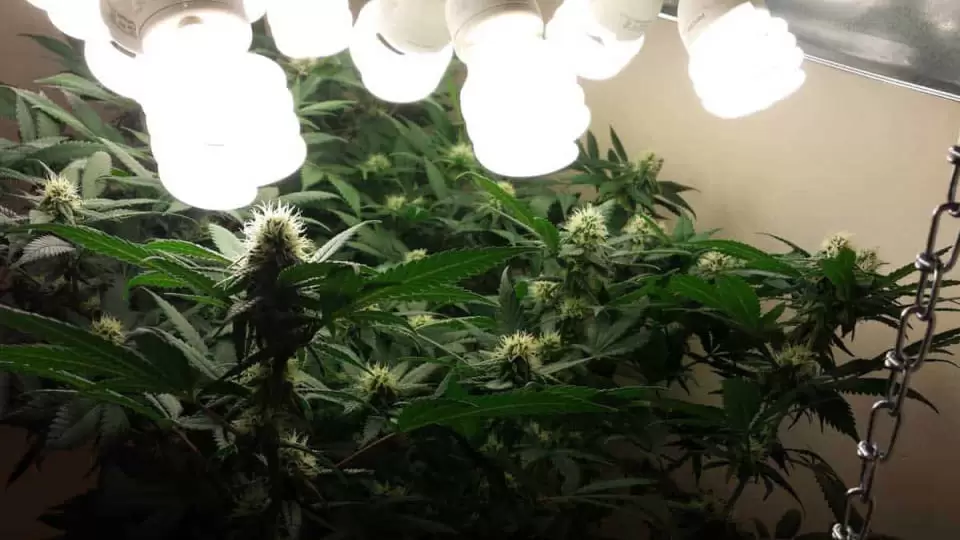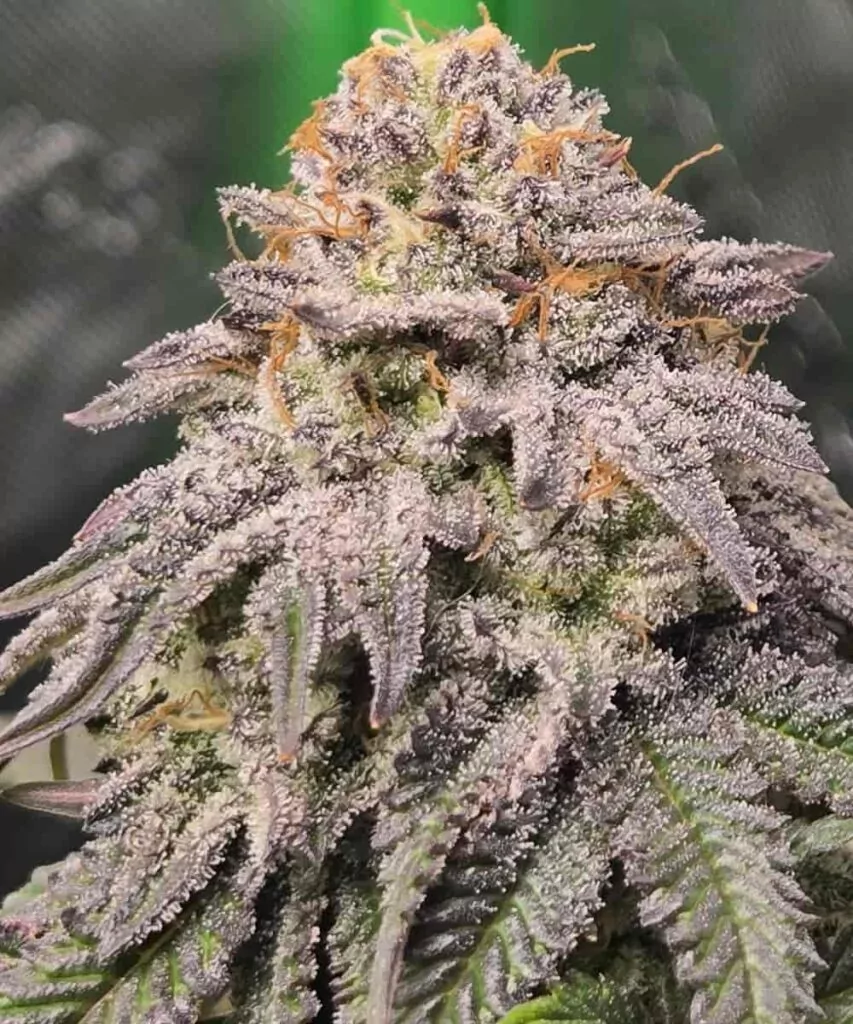Cannabis Lighting Schedule: All You Need to Know

In the cannabis cultivation landscape, the lighting schedule stands as a critical determinant of your plants’ health, growth, and yield. This delicate balance, much like the sun’s role in nature, is pivotal in controlled environments where artificial lighting dictates the rhythm and quality of cannabis development. From the moment seedlings stretch towards their first light source to the peak bloom of mature plants, the cannabis lighting schedule plays an instrumental role. It’s not just about the intensity; factors like duration, spectrum, and timing are all part of this intricate equation.
For every grower, understanding the optimal cannabis lighting schedule is paramount. It’s our blueprint, guiding us to replicate the best conditions nature offers. As we delve deeper into this topic, we’ll uncover the nuances and importance of light timing and its transformative impact on cannabis cultivation.
How Lighting Affects Cannabis
The relationship between cannabis and light is symbiotic and intricate. Just as humans need food for energy and growth, plants, including cannabis, rely on light to fuel their life processes. But it’s not just about providing any light; it’s about offering the right kind of light at the right time. Let’s delve deeper into this radiant relationship.
Photosynthesis Powerhouse
At the heart of every green plant, including cannabis, lies the miraculous process of photosynthesis. This chemical process converts light energy, usually from the sun, into chemical energy in the form of glucose or sugar. These sugars are then used as fuel for the plant’s growth, reproduction, and defense. Light, therefore, is not just a facilitator but the very lifeblood of the plant. Without adequate light, a cannabis plant cannot produce the energy it needs, leading to stunted growth, poor health, and reduced yields. But with the right light, cannabis can thrive, producing lush foliage and bountiful buds.
Growth Stages and Light
Cannabis, like all plants, goes through various stages of growth, each with its unique lighting needs.
- Seedling Stage: In their infancy, cannabis plants are delicate. They require a gentle light that won’t burn their tender leaves. A soft blue spectrum is often preferred, promoting strong root growth and healthy initial leaf development.
- Vegetative Stage: As the plant matures and enters the vegetative stage, it demands more light to support its rapid growth. Longer light durations and a balanced spectrum encourage the development of a robust and bushy plant.
- Flowering Stage: This is the climax of the cannabis growth cycle. As plants prepare to produce buds, they need a shift in light duration and spectrum. Red and far-red spectrums are introduced, mimicking the fall sun, signaling the plant to start flowering.
Lighting Schedule for Photoperiod Cannabis
Photoperiod cannabis strains possess a unique growth rhythm heavily influenced by light schedules. Unlike the more independent autoflowering strains, photoperiod varieties hinge on precise light-to-dark ratios for their developmental transitions. By mastering these light schedules, growers can steer the growth phases of their cannabis plants, ensuring peak development and yield. Let’s demystify the lighting schedules essential for the primary growth stages of photoperiod cannabis.
What’s the Optimal Light Schedule for the Vegetative Stage?
In the vegetative phase, photoperiod cannabis plants flourish best under a regimen of 18 hours of light followed by 6 hours of darkness. This extended light duration encourages robust and bushy growth, laying a solid groundwork for the subsequent flowering stage.
What is the Best Light Schedule for the Flowering Stage?
As the plants transition to the flowering stage, the light schedule needs a shift to 12 hours of light paired with 12 hours of darkness. This balanced light-dark cycle simulates the natural environment of late summer, signaling the plant to concentrate its energy on producing buds, the coveted harvest of the cannabis grower.

Lighting Schedule for Autoflowering Cannabis
Autoflowering cannabis strains have revolutionized the cultivation landscape with their unique growth characteristics. Distinct from their photoperiod counterparts, autoflowers possess the ability to transition from the vegetative to the flowering stage without relying on specific light cues. This trait stems from their genetic lineage, which includes cannabis ruderalis, a variety adapted to regions with extended daylight hours during the growing season.
Why Don’t Autoflowers Rely on Light Changes?
The inherent nature of autoflowering strains means they’re hardwired to flower after a set period, regardless of the light conditions. This genetic programming allows them to automatically shift gears without waiting for external signals, making them a favorite among growers seeking a quicker harvest turnaround.
What’s the Recommended Light Schedule for Autoflowers?
While they don’t require light changes to flower, autoflowers still have optimal lighting conditions for maximum growth and yield. A common lighting schedule for these strains ranges from 18 to 24 hours of continuous light throughout their entire lifecycle. This extended illumination supports their rapid growth rate, ensuring they receive ample energy to produce robust yields in a shorter timeframe. However, some growers advocate for a 20-hour light and 4 hours of darkness regimen, believing that this slight rest period can enhance the plant’s overall health and vigor without compromising its growth speed.
Cannabis Lighting Schedule Chart
| Stage | Light Duration | Darkness Duration | Purpose |
| Vegetative | 18 hours | 6 hours | Robust and bushy growth |
| Flowering | 12 hours | 12 hours | Bud development |
| Autoflowering (Common) | 18-24 hours | 0-6 hours | Rapid growth and flowering |
| Autoflowering (Optimal) | 20 hours | 4 hours | Balanced growth and health |
Special Considerations for Clones and Seedlings
When cultivating cannabis, the early stages of growth are crucial. Both clones and seedlings are in their infancy and require specific care to ensure they develop into strong, healthy plants. While both are young plants, their needs differ slightly due to their distinct origins and growth stages. Let’s delve into the unique lighting requirements for these two early stages of cannabis cultivation.
Cannabis Lighting for Clones
Clones are cuttings taken from mature cannabis plants, which are then rooted and grown as separate plants. Since they originate from mature plants, their cellular structure is more advanced than that of seedlings, but they lack the established root system of their parent plant.
- Duration: Clones benefit from extended light exposure, typically ranging from 18 to 24 hours. This continuous light stimulates the development of new roots, which is crucial for the clone’s survival and growth.
- Purpose: The primary goal during the cloning stage is to encourage root development. A robust root system is vital for nutrient uptake and overall plant health. Extended light exposure not only promotes root growth but also supports the initial vegetative growth of the clone, ensuring it establishes itself as a separate, healthy plant.
Cannabis Lighting Schedule for Seedlings
Seedlings are young cannabis plants sprouted from seeds. They start their journey with a tiny root and a pair of embryonic leaves, known as cotyledons. As they grow, they develop their first true leaves, marking the beginning of their vegetative growth.
- Duration: Seedlings thrive under a more balanced light schedule, typically 18 hours of light followed by 6 hours of darkness. This mimics a natural day-night cycle, providing the young plants with a period of rest.
- Purpose: The primary objective during the seedling stage is to foster strong and healthy initial growth. While seedlings require ample light to grow, they’re also delicate and can be easily overwhelmed. The 18:6 light schedule ensures they receive enough energy for growth without causing stress or light burn. This balanced approach lays the foundation for the seedling’s transition into a robust vegetative stage.
Final Words
Light is the linchpin of successful cannabis cultivation. Its influence extends from the tender beginnings of a seedling to the rich maturity of flowering buds. By mastering the nuances of lighting schedules and distances, growers can unlock the full potential of their cannabis plants. It’s more than just following guidelines; it’s about observing and adapting to the needs of your garden. In the end, the right light can transform your cannabis cultivation from a mere endeavor into a thriving success.












